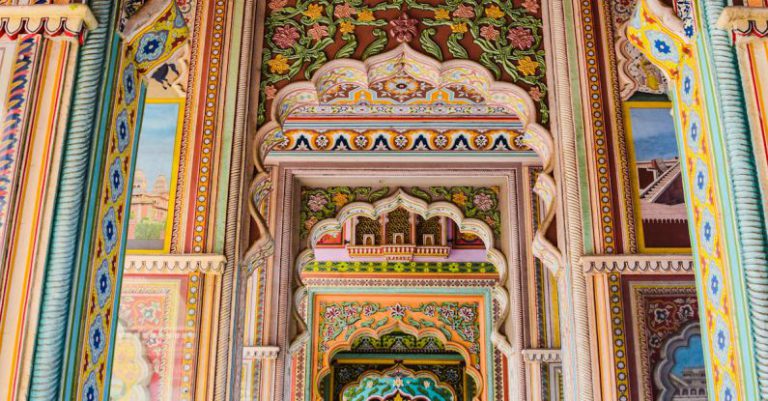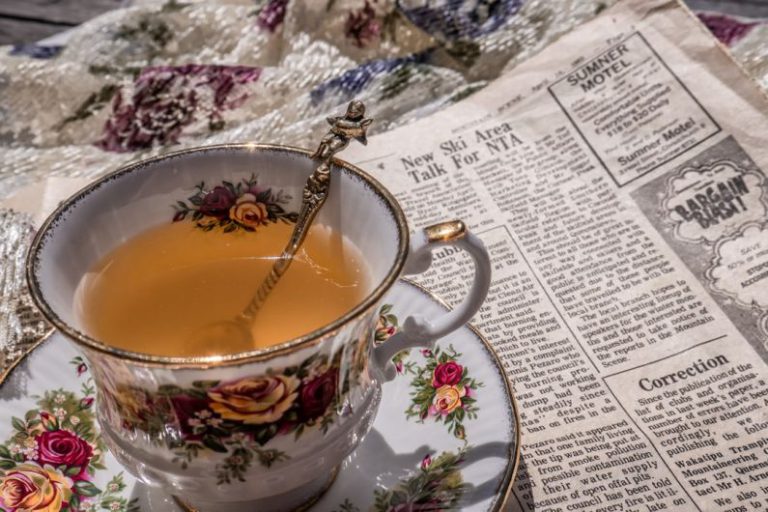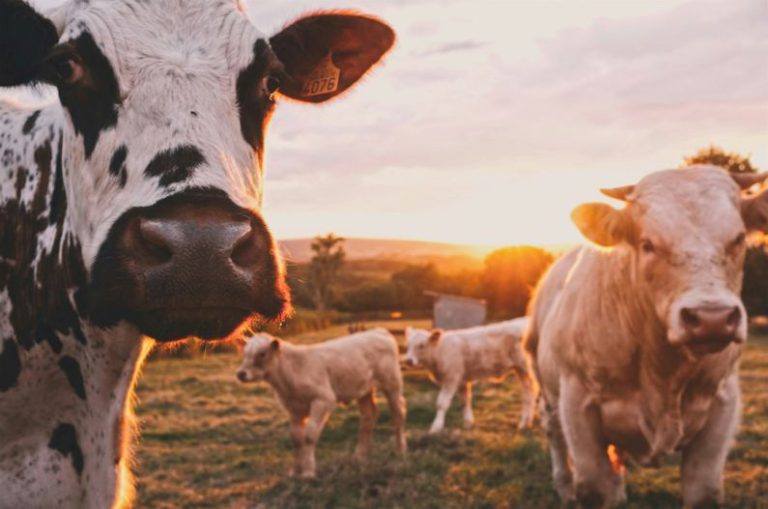The Chinese Art of Tea Tasting: Gongfu Cha
Tea has been an integral part of Chinese culture for thousands of years, with the art of tea tasting, known as Gongfu Cha, being a cherished tradition that has been passed down through generations. Gongfu Cha is a practice that involves the careful preparation and appreciation of tea, focusing on the flavors, aromas, and overall experience of each brew. Let’s delve into the fascinating world of Gongfu Cha and explore the techniques and rituals that make it a unique and revered art form.
The Origins of Gongfu Cha
Gongfu Cha originated in the Chaozhou region of China and is believed to have been developed during the Song Dynasty (960-1279 AD). The term “Gongfu” translates to “skill” or “effort” and refers to the level of care and attention that goes into the preparation of tea in this practice. Gongfu Cha emphasizes the quality of the tea leaves, the water used for brewing, the teaware, and the brewing technique itself.
The Ritual of Gongfu Cha
One of the key aspects of Gongfu Cha is the ritualistic preparation of tea, which involves a series of precise steps designed to extract the full flavor and aroma of the tea leaves. The process typically begins with heating the teaware, known as “waking up the teapot,” to ensure that the temperature of the water remains consistent throughout the brewing process. This is followed by rinsing the tea leaves to awaken their flavors and remove any impurities.
The teapot is then filled with a specific amount of tea leaves, which can vary depending on the type of tea being brewed and personal preferences. The water used for brewing is heated to the ideal temperature, which also varies depending on the type of tea, and is poured over the leaves in a circular motion to ensure even extraction. The tea is allowed to steep for a precise amount of time before being poured into small cups for tasting.
Appreciating the Flavors and Aromas
Gongfu Cha is not just about brewing and serving tea; it is also about appreciating the nuances of flavor and aroma that each cup of tea offers. Tea tasters pay close attention to the color of the tea, the clarity of the liquor, and the fragrance that wafts from the cup. They take small sips of the tea, allowing it to linger on the palate to fully experience the complex flavors that unfold with each sip.
Tea tasters are trained to discern subtle differences in taste, aroma, and mouthfeel, allowing them to appreciate the quality of the tea and identify any faults or inconsistencies. Through the practice of Gongfu Cha, tea enthusiasts develop a deep appreciation for the art of tea tasting and the craftsmanship that goes into producing high-quality teas.
The Teaware of Gongfu Cha
Teaware plays a crucial role in the practice of Gongfu Cha, with each piece serving a specific function in the preparation and serving of tea. Traditional Gongfu Cha teaware includes a Yixing clay teapot, which is prized for its ability to absorb the flavors of the tea and enhance the brewing process. Other essential teaware includes a Gaiwan, a small lidded bowl used for brewing and tasting tea, and small teacups that allow for multiple infusions of the same tea leaves.
The Importance of Gongfu Cha in Chinese Culture
Gongfu Cha is more than just a method of brewing tea; it is a cultural practice that embodies the values of patience, mindfulness, and respect for nature. In Chinese culture, tea is considered a symbol of hospitality, friendship, and harmony, and the art of Gongfu Cha reflects these values in its meticulous preparation and serving of tea. By engaging in Gongfu Cha, tea enthusiasts not only enjoy the sensory experience of tasting tea but also connect with centuries of tradition and cultural heritage.
In conclusion
The art of Gongfu Cha offers a unique and immersive way to experience tea, allowing tea enthusiasts to engage all their senses in the appreciation of this ancient beverage. Through the careful preparation, brewing, and tasting of tea, practitioners of Gongfu Cha develop a deep understanding of the complexities and subtleties of tea, fostering a profound connection to both the tea itself and the rich cultural heritage of China. So, the next time you brew a cup of tea, consider incorporating some elements of Gongfu Cha into your routine to elevate your tea-drinking experience to a new level of sophistication and enjoyment.






